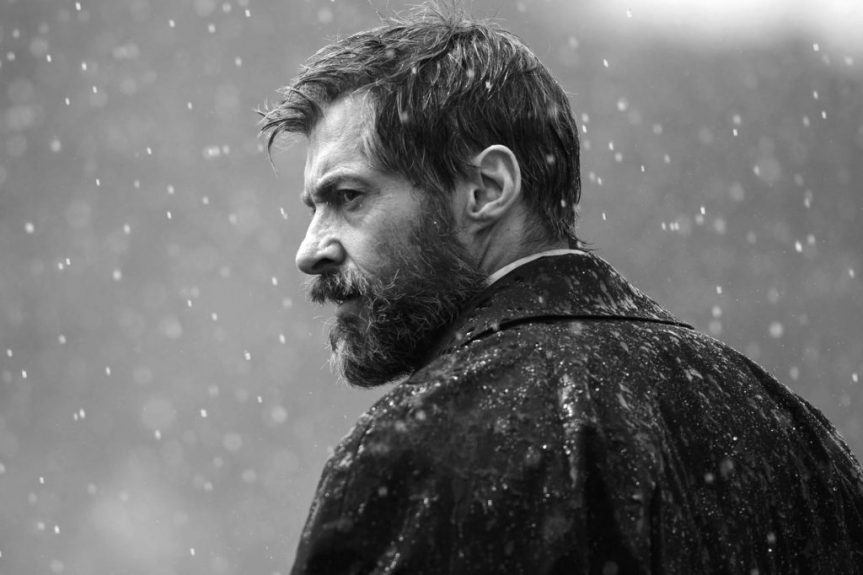In 2012, George F. Will wrote an opinion piece for The Washington Post about the American dream and the automobile.
While his pithy piece hits on many points, his primary thesis is that cars have a way of identifying a person, as well as establishing a ‘self-image’. He cites Paul Ingrassia’s book, Engines of Change: A History of the American Dream in Fifteen Cars, which speaks at length about establishing identity through vehicular choice.
It’s certainly an interesting theory. You see a person driving a Prius and you already have this notion of who they are in your head. They’re conscious of their impact on the environment, they value efficiency over style, they’re probably a Democrat, etc. etc.
But the theory works both ways. We can assume things about people based on their choice of car, but we as individuals can also craft our identity through our cars.
For example, my first vehicle was a 2001 Mazda B4000, a small pick-up truck. I was in college, I need a way to move my stuff, and I liked the rugged look of an older truck.
But now, I drive a 2005 Subaru Outback. I still appreciate rugged, older vehicles, but I’ve replaced aesthetic with efficiency.
What I’m getting at here is that we begin to craft stories around our vehicles and identify ourselves through our relationship with vehicles.
The same goes for sci fi cars in movies, TV shows, comic books, novels, etc. Writers often use vehicles as a way to express something about a character, and they often gain a life of their own.
Writing Character With Sci Fi Cars
One of the primary examples I want to touch on here is the 1967 Chevy Impala that Dean Winchester drives in the TV show Supernatural.
It’s an iconic car, and even if you’re not a fan of Supernatural, it’s hard to ignore the fact that one of the strongest visuals of the show is the dark Impala barreling down a foggy, forested road at night. It’s an aesthetic that fits Dean’s character, but it’s so much more than that.
The History of a Character
The Impala was first introduced in 1958 as a top-of-the-line luxury car for the middle-class, and continued to be a high-end vehicle for most of its history.
Today, the Impala is far from a luxury car. Its reputation has shifted from being a sports car to a utilitarian vehicle, a daily driver for the lower to middle class.
But, the 1967 Impala was something special, and it was certainly unique for Dean. We see the history of the Impala in the last episode of season 5, but the car has more history than the show tells us.
The year 1967 was a tumultuous year for Americans. We were fighting on every front, at home and abroad. Racial segregation, the Vietnam War, and political unrest.
But it was also a year of unprecedented scientific growth. Dr. James Bedford became the first person to be cryonically preserved, NASA was making vast strides with the Lunar Orbiter and Apollo programs, and black holes earned their name.
And the car, the 1967 black Chevy Impala, was born amid this era of intense change. And it would live to see a new era of change, carrying Dean and Sam.

However, it’s not all about violence and science. In 1967, McDonald’s introduced the Big Mac and The Doors released their first album. These events are reflected in Dean’s character, as someone who loves cheeseburgers and rock-n-roll.
In many ways, the idea of the Impala is reflected in Dean’s character, and vice versa. Dean’s penchant for classic American muscle and his practical sensibility convenes in the Impala. The muscle car became Dean’s work car, packed with the tools of his trade, like the modern Impala. But it was a vehicle of change (pun intended), and the prime reason Sam was able to resist Lucifer’s power.
Why Sci Fi Cars Are So Important
Dean Winchester’s Impala is only a single example among hundreds. Sci fi cars and trucks and spaceships and boats, etc. etc. are more than just modes of transport. They’re homes and characters in their own right.
Ingrassia and Will claim that Americans purchase cars to fit their self-image. I’ll go a step further to say that cars help define our self-image. It’s an expression of ourselves, kind of like clothing. We buy things to fit a certain aesthetic, but we also start to bend our aesthetic to the things we already own.
As a science fiction writer, the car must be one of the most powerful tools for building character.

Think about it. The Mystery Machine, Scooby and the gang’s iconic 1978 Volkswagen LT 40, is an important part of each of the characters. It’s Fred’s baby, where Velma works on her science projects, where Daphne keeps her extra clothes and accessories, and it’s where Scooby and Shaggy run to hide, nap, or eat snacks. The van is an important part of each of the characters’ personalities, and is a foil for the writers to express those things.
Imagine the Scooby gang riding in anything other than the van. An F-150 perhaps, or a Volkswagen Bug. It’s not the same. Those cars say something different about the characters.
In Conclusion
This article is far from complete. There are so many more examples we could delve into. The DeLorean, K.I.T.T. and the Batmobile, to name a few.
But in just these few examples we’ve discussed, it’s clear that sci fi cars do far more than get the characters from point A to point B. They’re extensions of themselves just as much as the characters are extensions of their cars.
What sci fi cars do you think hold the same weight as the 1967 Impala? Let us know in the comments down below.
And if you liked this article, you might also enjoy our discussion of Kurt Vonnegut and science fiction.









